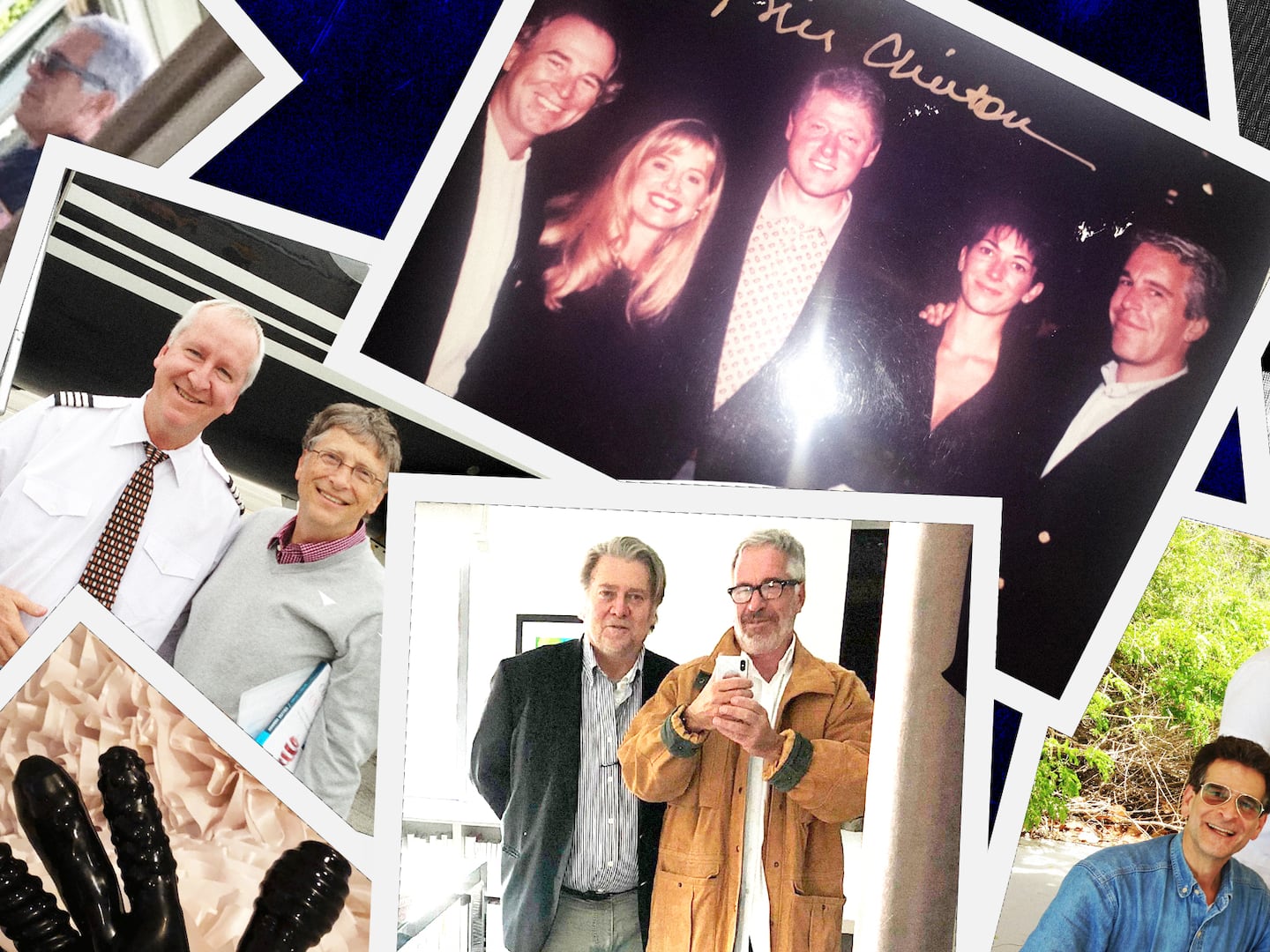Viral meme pages have developed a new trick to reach millions of users and generate big money from publishers and brand pages.
By doctoring videos to skirt Facebook’s sophisticated spam detection software, some of the platform’s biggest meme pages have grown their audience and generated millions of Facebook video views simply by exploiting a video hack that you may have seen in action:
Suspicious arrows or triangles float almost transparently over static images of memes or funny tweets. The Facebook post plays as a video, but aside from the soft, almost imperceptible arrows crawling around on top of the meme, to the casual viewer it looks just like an image post.
Big time meme pages like Female Thoughts, Funny Texts, Bad Thoughts, Mean Girls, and Memes pump out these videos by the hundreds. They spread like a web through Facebook, racking up millions of views and collecting hundreds of thousands of comments and tags on the way.
Facebook has made its pivot to video no secret.
In 2016 at the company’s annual developer conference, Mark Zuckerberg announced that within five years Facebook would be “mostly video” and, so far, the platform is well on its way.
Videos have been given an unprecedented prominence in the feed over the past two years and Facebook has launched a suite of new video products like Facebook Live and Facebook Watch, a Netflix and Hulu competitor, to support its transformation.
“Facebook’s algorithm heavily favors video content,” Nick Cicero, the founder of Delmodo, a video analytics company, told The Daily Beast. “We have seen shorter videos, particularly the ones that spark discussion, performing better.”
These type of short-form videos could be anything from an apartment tour in Brooklyn, a video of a puppy playing in the park, a quick cooking tutorial, or a news-type explainer film.
Most well performing videos range from around one to five minutes, with a few exceptions.
Cicero said that videos that are able to generate comments, or tags, will outperform other types of content. In other words, if a friend tags you in a funny image of a meme on Facebook, you’ll see it and maybe respond. If they tag you in the comment section of a video, it’s more likely to be seen by friends of friends and get a boost in the feed.
“Conversations that happen under videos are gaining major prominence under Facebook’s algorithm changes,” he said.
Because meme pages were previously mostly made up of static images and screenshots of viral tweets or Tumblr posts, the proprietors of these pages realized early that they’d have to pivot to video themselves to keep growing.
At first, lots of these pages simply began transforming their images into “video” format. The video would play, but only one static image would appear on screen.
This contributed to the growth of several pages like Funny Texts, which has more than 6 million fans.
But around sometime late last year, Facebook caught on. One person who is familiar with running a large meme page on Facebook said the platform began to roll out more sophisticated spam detection software and that his previous, static image videos were being removed or underperforming.
Enter the floaty things.
In order to avoid detection and allow their videos to spread undetected, meme pages began overlaying their static meme videos with sheer white arrows, confetti, or roaming triangles. This helps the videos avoid any spam detectors, and still ensure that the meme page’s posts get the kind of reach that a video post warrants in the feed.
Meme posts are created to be relatable, and hardly need to encourage users to comment. Most users will naturally tag their friends or type a reaction to a meme that resonates, which boosts the video and spreads it future.
But while racking up millions, if not billions, of video views and scaling a page to tens of millions is certainly validating for meme page owners, the real reason the admins of these pages care so deeply about keeping their page reach up comes down to money.
Sandwiched in between the steady stream of meme videos is content shared from big publisher or brand pages. Several of these meme pages seem to exist solely to periodically promote specific publishers.
Female Thoughts, a Facebook meme page with nearly two million fans, regularly promotes content from MetDaan Magazine, which has grown to over 38 million fans largely on the back of meme page shares and viral videos.
A publisher or brand growing an audience or generating sales by seeing content on meme pages isn’t a new concept. There are entire viral Twitter networks built off cross promoting content via viral meme and parody accounts.
“Teens and twentysomethings with large Twitter followings are making thousands each month just by selling retweets,” Julia Reinstein at BuzzFeed reported in January.
“Publishers that rely on social media as a distribution tool might pay to have their articles and videos shared by well-known figures or Facebook pages that have large, loyal followings,” Kelsey Sutton wrote at Mic. “Publishers usually make arrangements with companies that coordinate across so-called ’influencer networks’ to get content shared.”
But as these meme pages employ an ever rotating set of shady Facebook video tricks to grow, fans of the pages can be left confused.
In a Reddit thread dedicated to deciphering the hidden meaning behind the strange white arrows on Facebook videos, users questioned graphics’ hidden meaning and incorrectly speculated that they might be a way of watermarking memes.
The white arrows and triangles have become such a mystery to so many that an entire Facebook group is dedicated to calling them out. The “Oh look there are those fucking floaty things again” group now has nearly 7,000 members.
One member in the group suggested that perhaps making images into videos with weird white floating arrows is a way to drive data usage and screw users for money. “My only theory is mobile providers who still have a cap in data usage. Make images videos, you have increased that data usage 1000x,” she wrote.
This makes no sense since it wouldn’t be the meme pages or even Facebook who would reap the rewards of a consumer using more data.
Others expressed their frustration with the format or prayed that Facebook might intervene.
“I’m reporting this [video] because pictures aren’t videos and I’m so sick of these floaty fucking triangles in my face eyes,” another user commented on a recent meme video shared to the group.
Members also frequently tag the “Why is this a video” Facebook group, a group dedicated to calling out instances where people post videos when they should have just taken and posted a photo.
If Facebook does end up cracking down on “ghost arrows,” Cicero said it might be a positive thing for the time being, but trying to crack down on spammers is inherently a game of whack-a-mole.
“No matter what Facebook does there will always be bad actors,” he said, “and they’ll always be around to exploit a loophole.”






